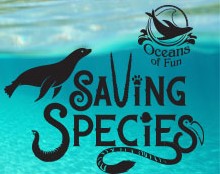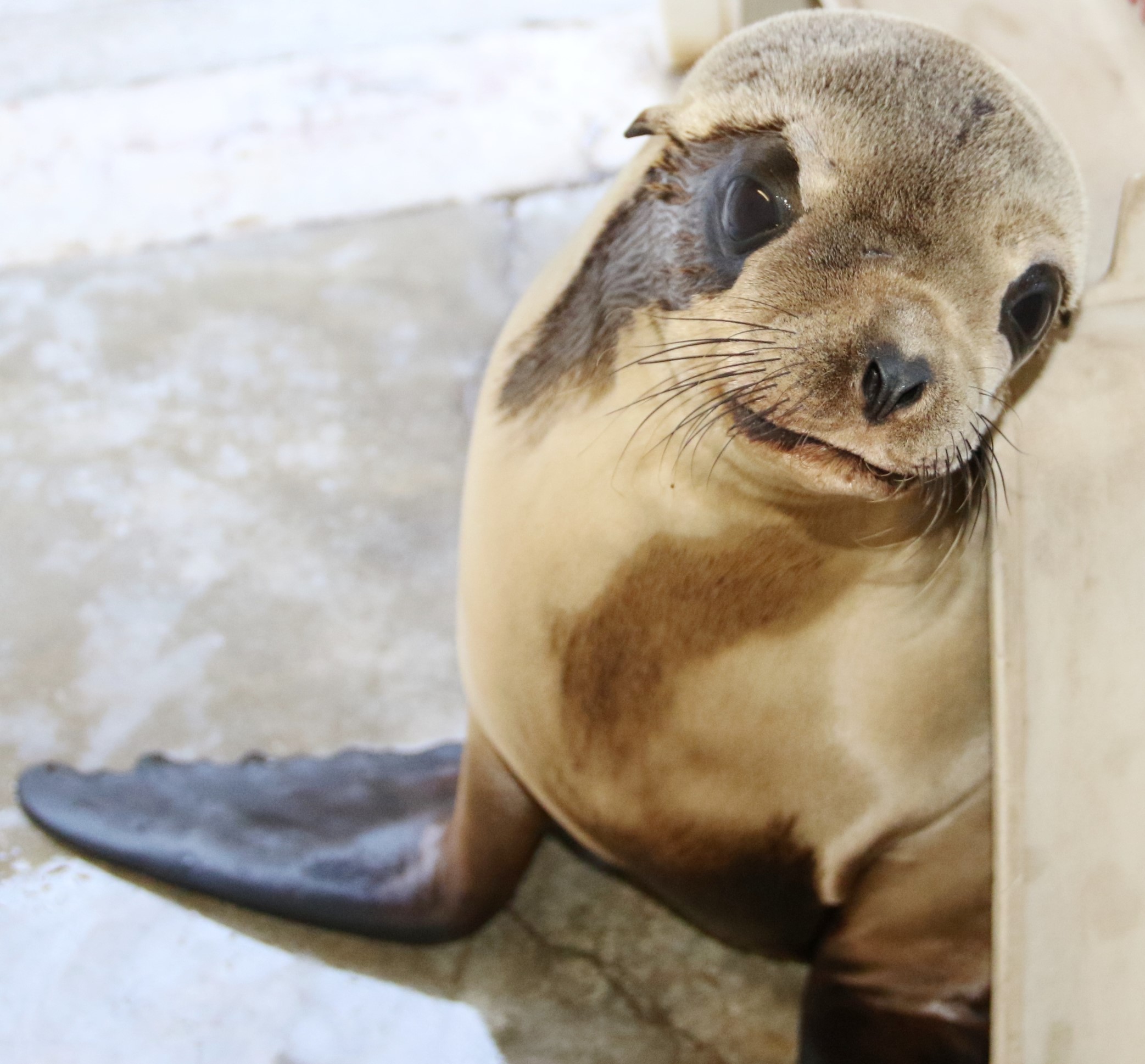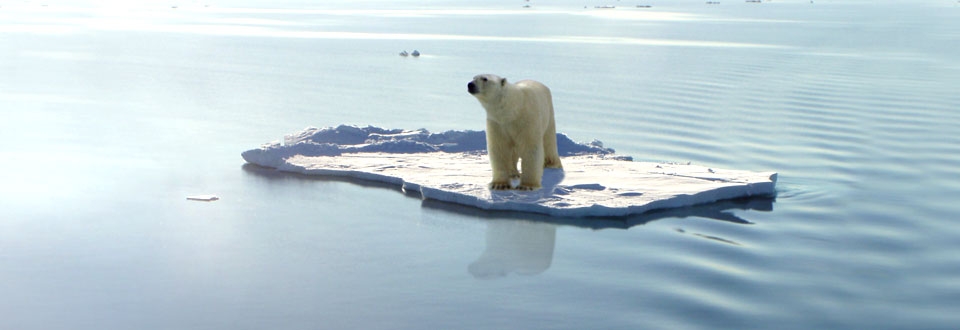
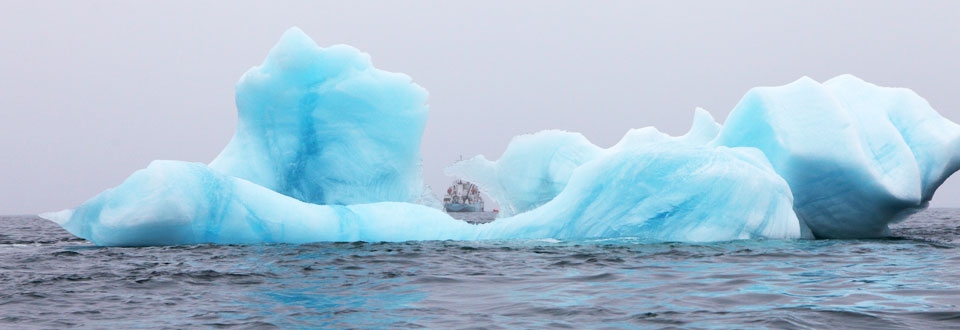
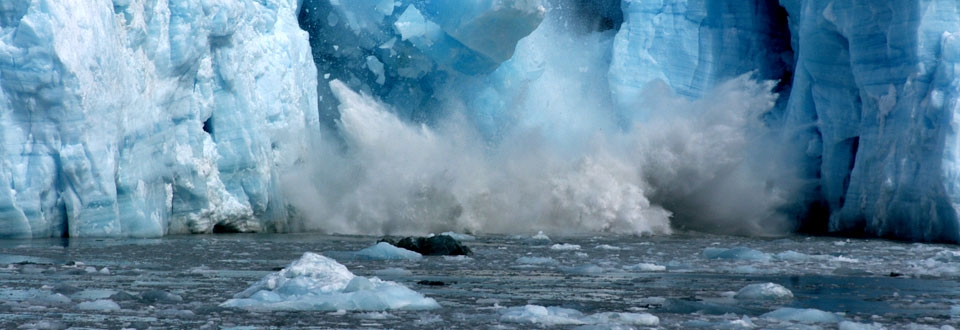
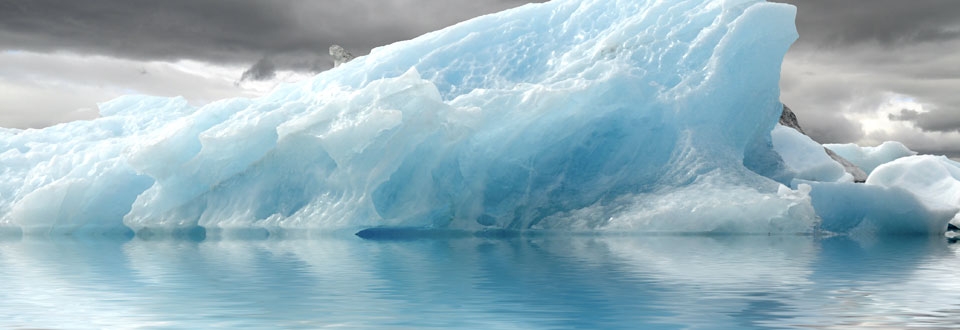
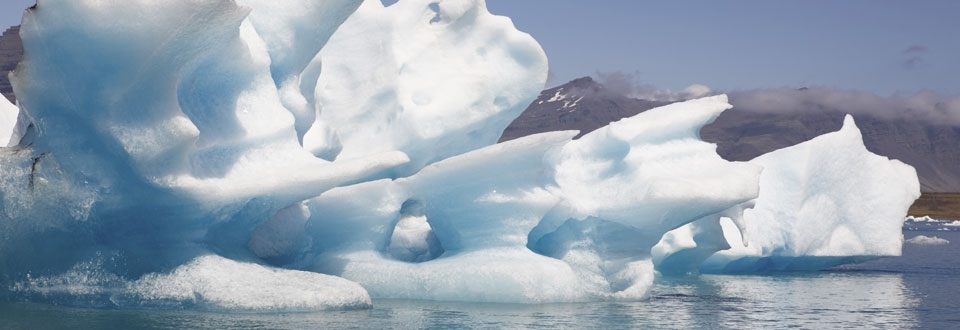
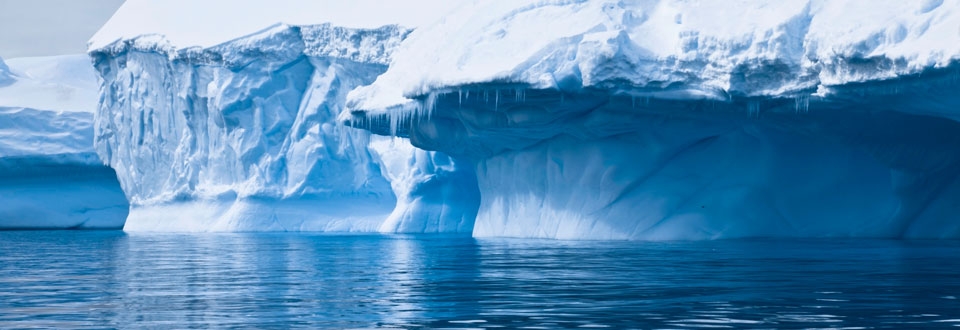
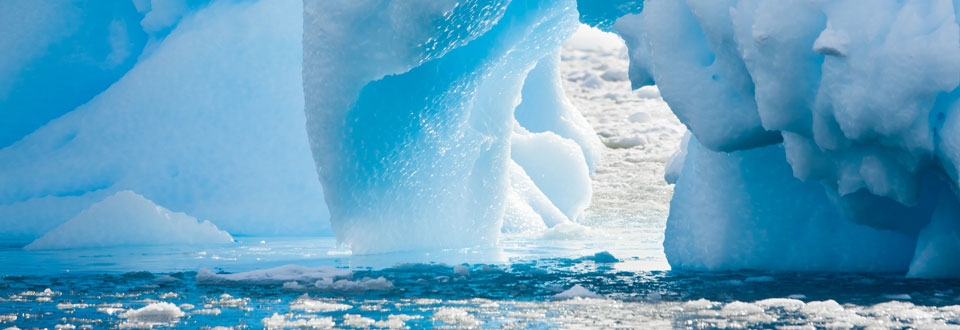
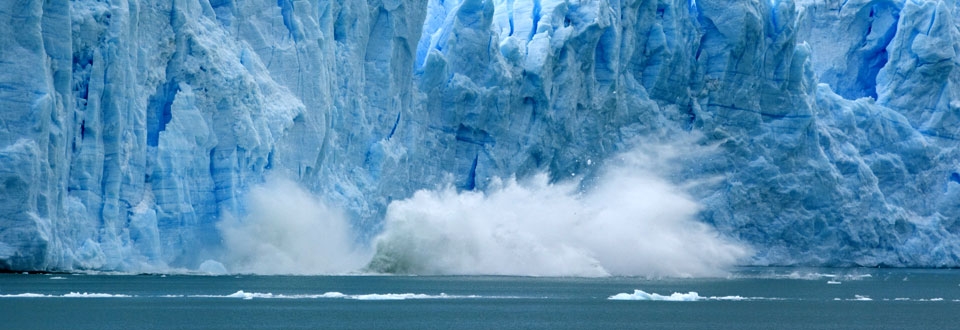
Climate Change
2012 marked the largest summer ice losses in the Arctic since 2007. The amount of sea ice covering the Arctic Ocean in 2007 was 29%; this year the amount of sea ice decreased to 24%. Last November had the fifth highest global temperatures on record. What is causing these recording breaking events? The simple answer is climate change.
There are many factors that influence climate change. A leading contributor is the greenhouse effect. It is important to understand that the greenhouse effect is an integral part to maintaining life on Earth. The greenhouse effect refers to infra-red light from the sun that enters the Earth’s atmosphere and helps to regulate temperatures. The current problem is that humans are adding large amounts of carbon dioxide (CO2) and other gases into the atmosphere, referred to as greenhouse gases, by doing things such as burning fossil fuels. These actions all contribute to your carbon footprint. The increase in greenhouses gases has many effects on our world including preventing heat from escaping, thus increasing the overall global temperature.
Ocean acidification is another troublesome side effect of climate change. The ocean is absorbing 50% of the CO2 that has entered the atmosphere by the burning of fossil fuels. This increase in CO2 results in lower pH levels of the ocean and increased acidity. These changes have many affects on the marine ecosystem. Corals responsible for producing reefs are not able to produce their skeletons as quickly; reduced coral reefs mean reduced protection for marine organisms. The increased acidity in the ocean also makes it difficult for free-swimming algae and plankton to maintain their protective outer shell, which leads to decreases in their populations. Plankton and algae are a vital part of the marine ecosystem, and their decreased numbers would mean serious consequences for the marine food web.

Many animals are affected by the events caused by climate change. Increased temperatures cause sea ice to melt at rapid rates, which impacts polar bears who rely on ice in order to capture their prey, to rest, and for breeding. With less and less ice, polar bears are finding it harder to survive. Rising sea levels threaten the beaches where endangered species of sea turtles, such as loggerheads and green turtles, go to lay their eggs. The endangered right whale is losing a key food source, a tiny crustacean, due to increased ocean temperatures. This lack of food makes it very difficult for females to carry a calf full term. Due to habitat destruction, decreased food supplies and changing weather patterns, many species of plants and animals are struggling to survive.
But amidst this harsh reality, zoos and aquariums play a crucial role in educating the public about climate change and simple steps you can take in your own homes to help protect our planet and the beautiful animals that share our world. Zoos and aquariums provide a place for you to go and form a connection with exotic animals that you may otherwise never see in person. Take the opportunity to visit a polar bear and many other animals at your local zoo or aquarium and learn what you can do to help these animals in the wild!
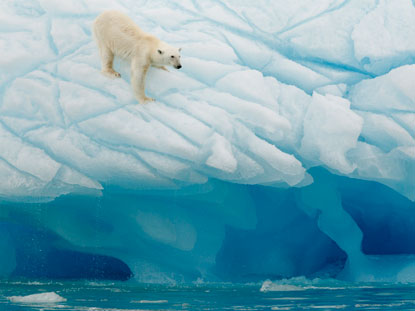
To stay up to date on the latest climate change issues, visit the National Oceanic and Atmospheric Administration’s webpage!
Sources
NOAA Climate Change - http://www.climate.gov/#climateWatch
EPA Climate Change - http://www.epa.gov/climatechange/




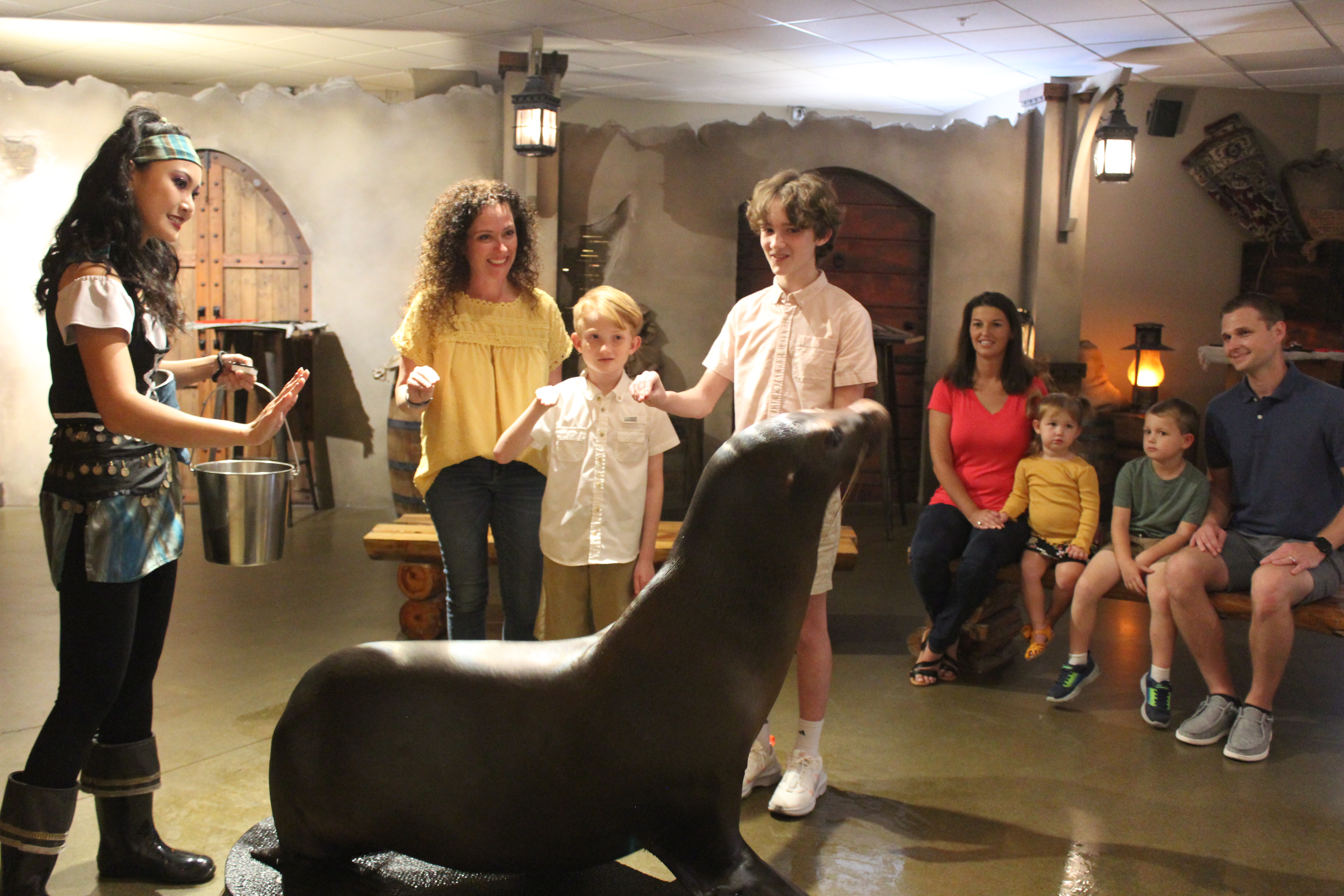 Animal Encounter
Animal Encounter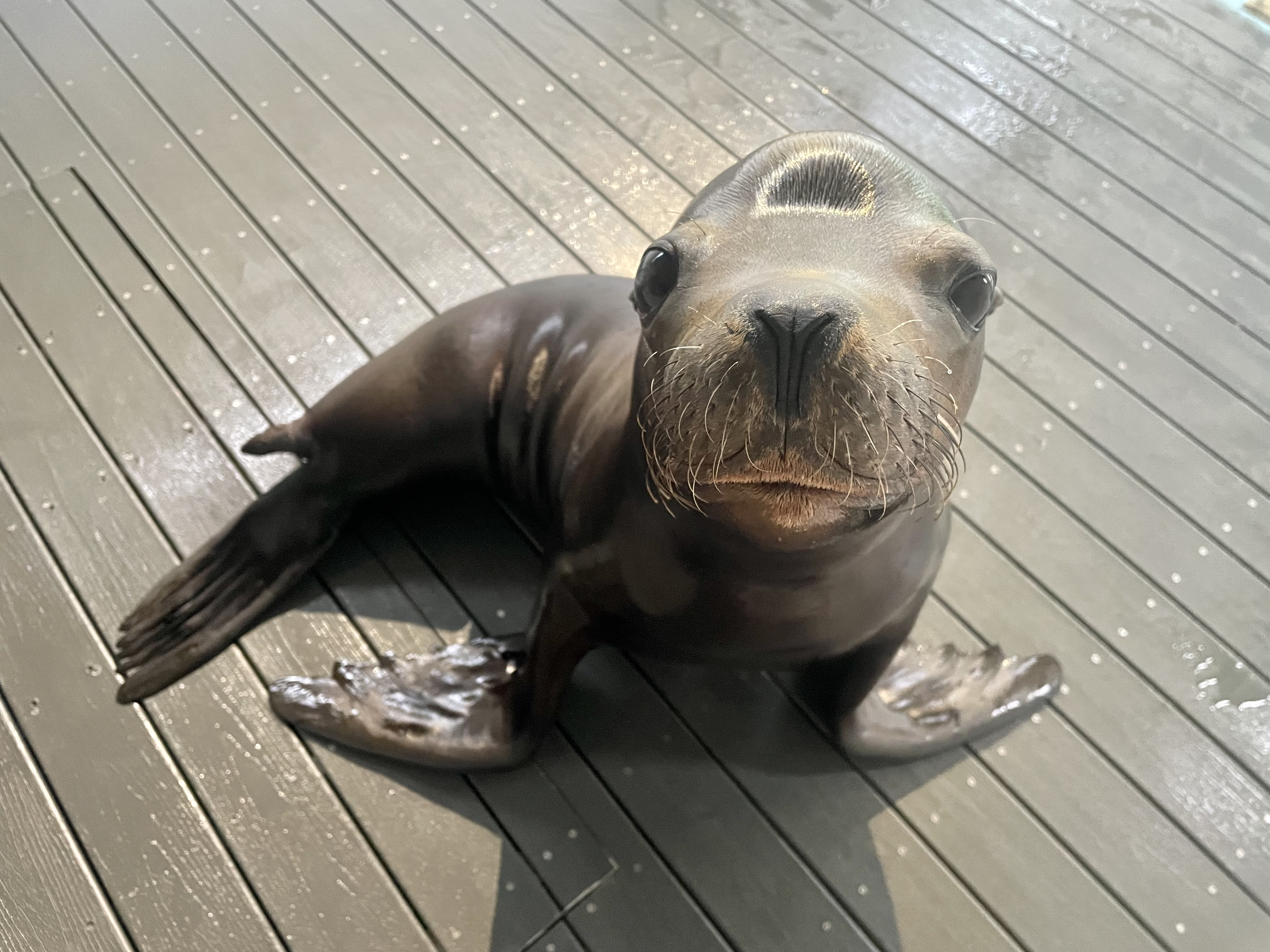 Our Locations
Our Locations
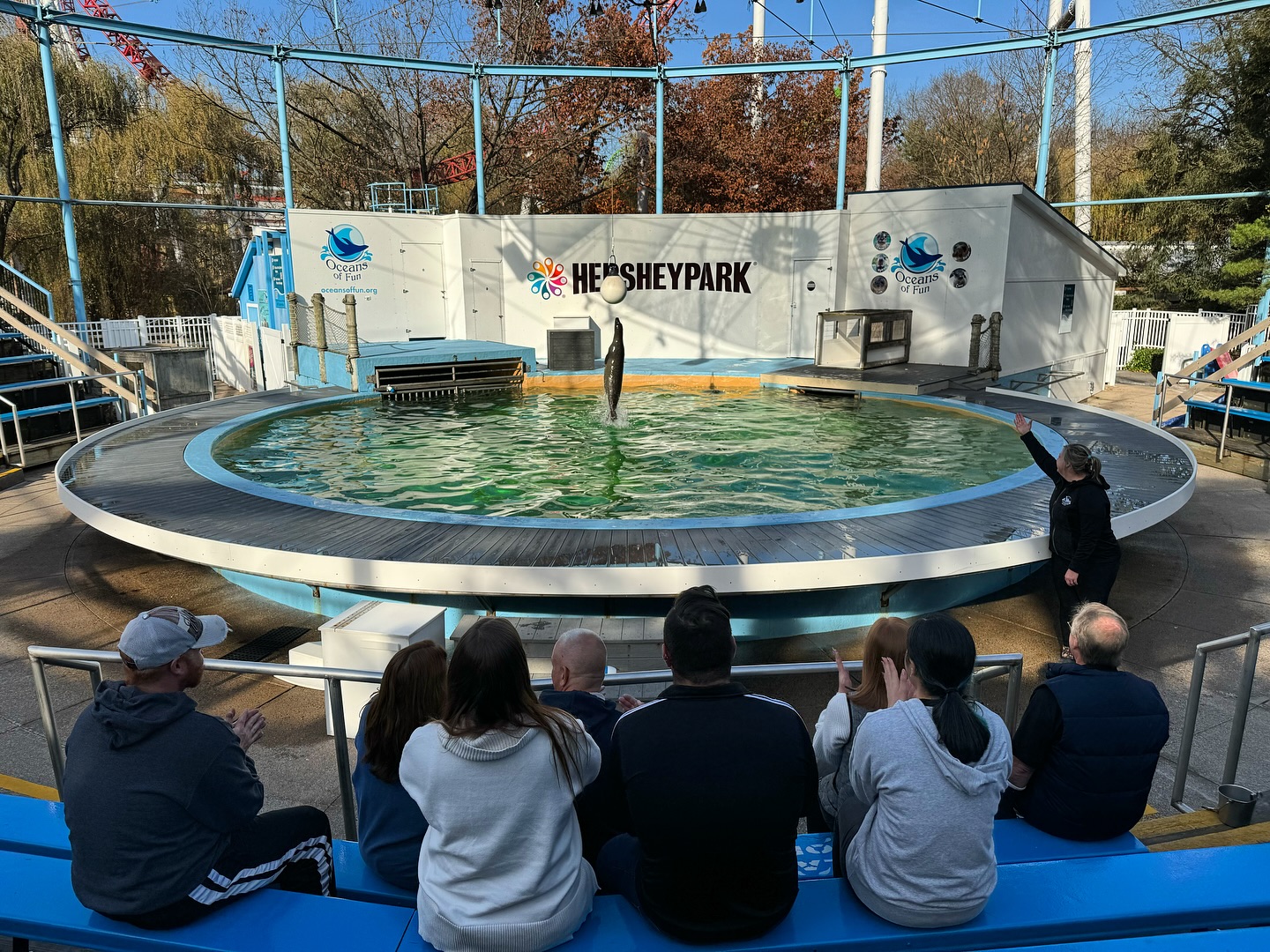 Family Fun
Family Fun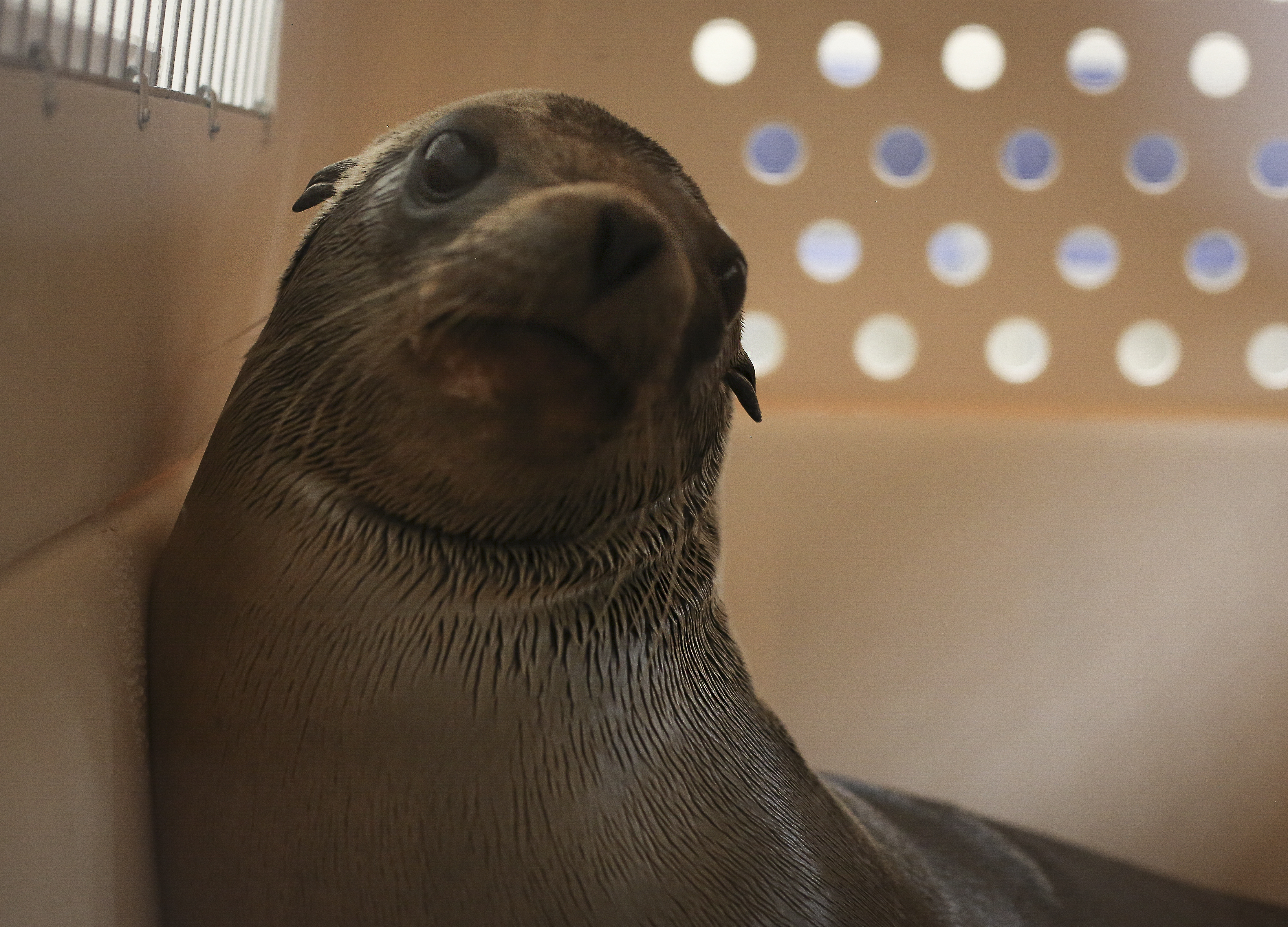
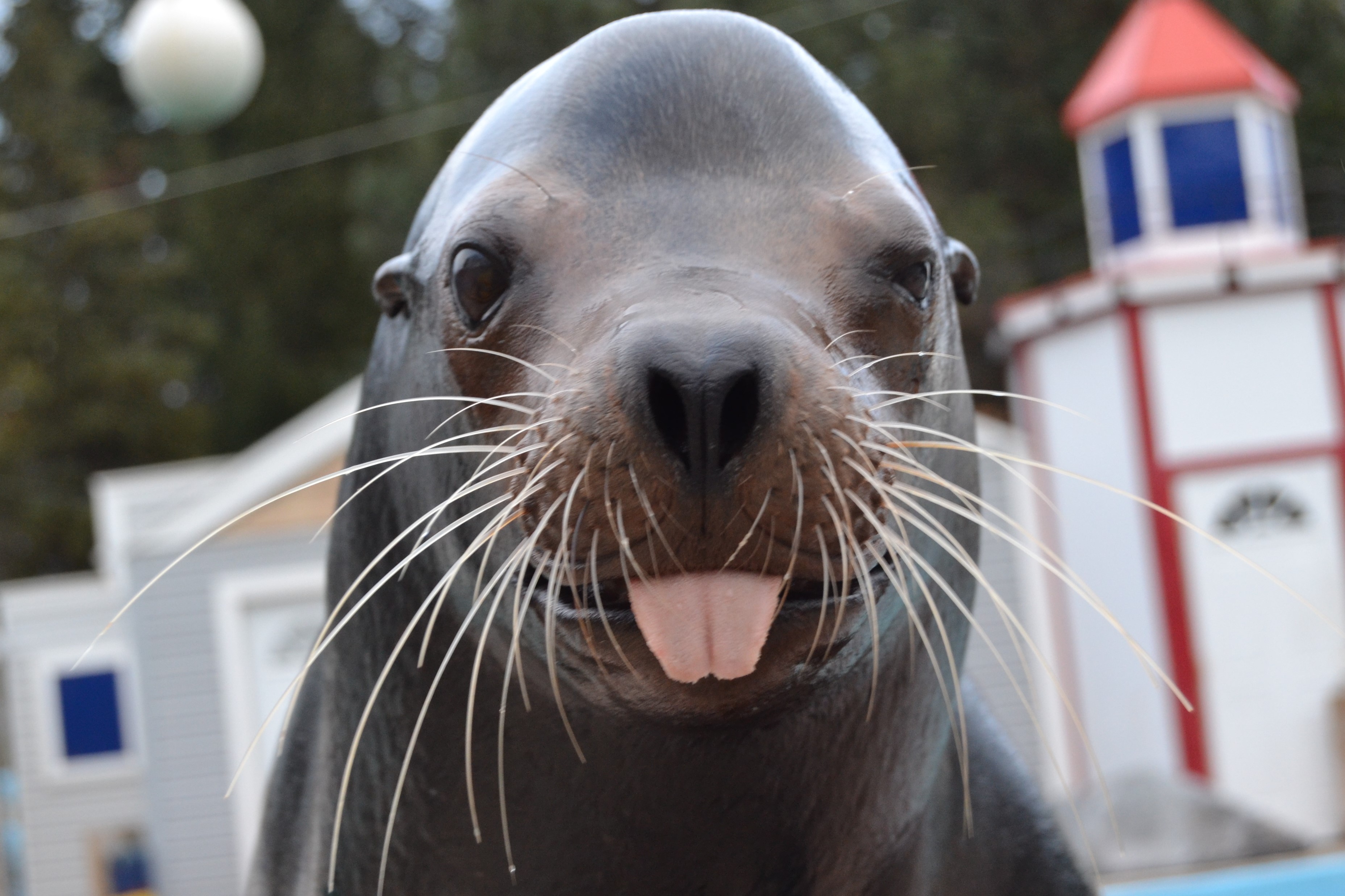
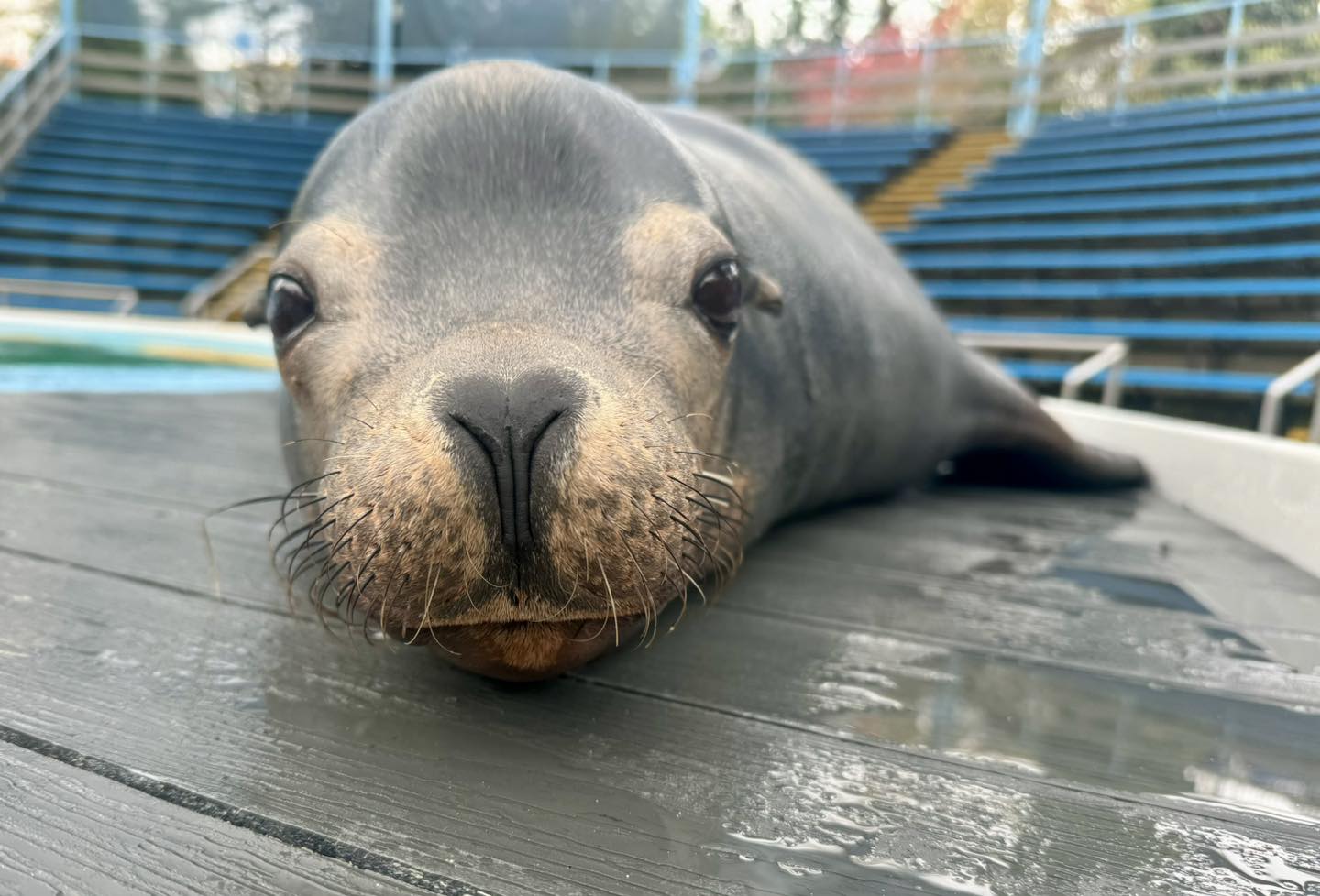 Meet Ripley!
Meet Ripley!
